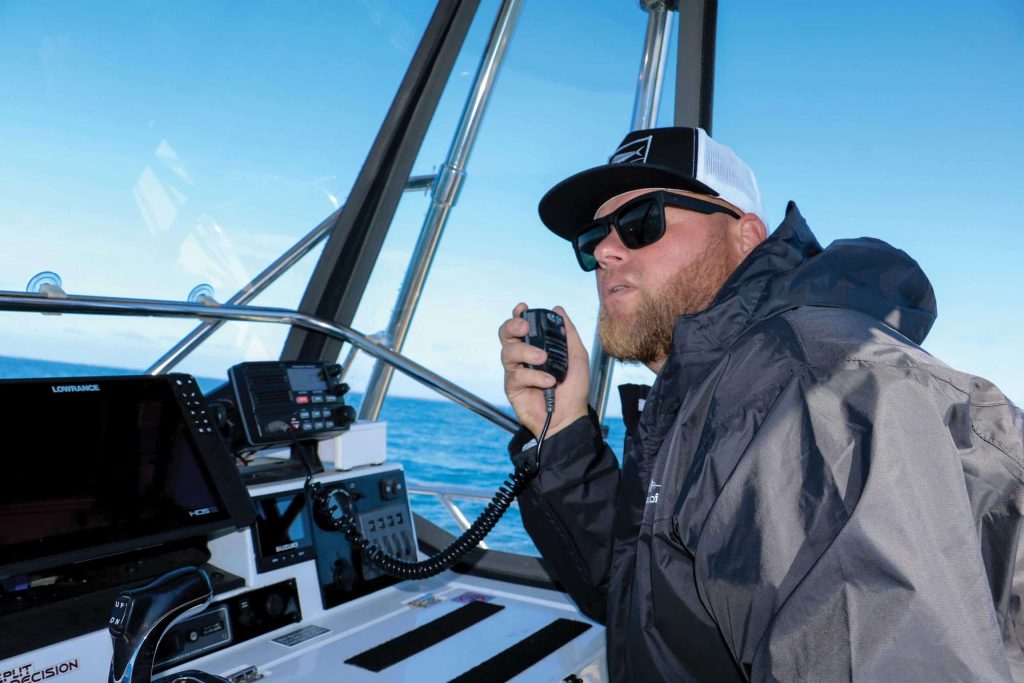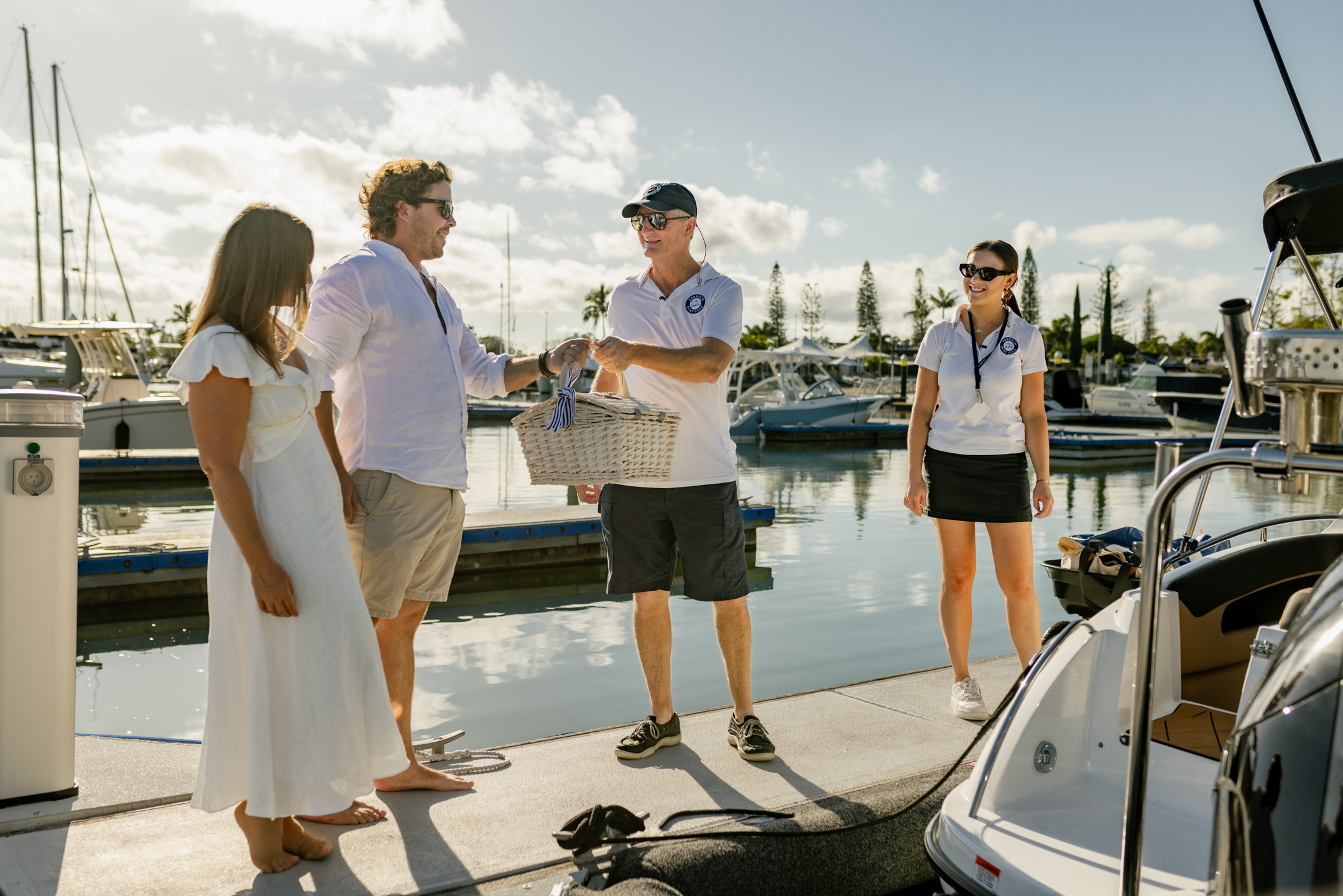Alpha Bravo Charlie Alphabet: A Comprehensive Guide to Phonetic Codes
The Alpha Bravo Charlie alphabet, also known as the NATO phonetic alphabet, is a widely recognized system of assigning code words to the letters of the alphabet.

This system was designed to facilitate accurate and efficient communication. It is particularly useful in military, aviation, and emergency services contexts, where clarity is of utmost importance.
The 26 code words represent each letter of the English alphabet. This ensures that oral communication can be easily understood and minimizes the risk of misunderstanding.
Established in the early 20th century, the NATO phonetic alphabet has been through multiple iterations before arriving at its current form.
The International Civil Aviation Organization (ICAO) officially adopted this spelling alphabet. Since then, it has been embraced and implemented across various international organizations and agencies.
As a testament to its effectiveness, the Alpha Bravo Charlie alphabet has become an essential tool in various operational contexts. It has transcended its initial military applications to be used in everyday situations.

Key Takeaways
- The NATO phonetic alphabet uses code words to represent each letter of the English alphabet, enhancing clarity in communication.
- Originally designed for military use, it has been adopted by organizations worldwide for diverse applications.
- First introduced in the early 20th century, it has undergone revisions to reach its current internationally-accepted form.
Origins and History
World War I Origins
The foundation of the NATO phonetic alphabet goes back to World War I. At the time, different encoding systems were used by various military organizations to communicate.
With each country having its own set of code words, clarity was compromised, particularly during collaborative efforts in wartime conditions.
Refinement Through World War II
During World War II, the improvement of the phonetic alphabet became a priority. In 1941, the U.S. Army and Navy created the Able Baker alphabet, which was adopted by the UK forces as well.
This alphabet used shorter everyday words and names, such as:
- Able
- Baker
- Charlie
- Dog
- Easy
- Fox
By 1951, the International Air Transport Association (IATA) revised the Able Baker alphabet to be less English-centric. This ensured better communication across diverse languages.
On March 1, 1956, the modern NATO phonetic alphabet was adopted. Its 26 code words were designed for quick memorability and used a variety of distinct sounds from different languages.
These terms, like Alfa, Bravo, and Tango, became globally recognized across cultures. They optimized communication and prevented potential catastrophes.
Phonetic Alphabet Development
ICAO Standardization
The International Civil Aviation Organization (ICAO) took a crucial role in the development of a standardized phonetic alphabet for ease of communication in aviation and other fields.
Before ICAO, there were different phonetic alphabets in use, which led to confusion and miscommunication.
In 1951, ICAO established a comprehensive set of code words for the English alphabet which formed the basis for the NATO phonetic alphabet.
This NATO phonetic alphabet consists of words such as Alfa, Bravo, Charlie, and so on.
ITU and ICAO Phonetic Alphabet Modifications
The International Telecommunication Union (ITU) was instrumental in fine-tuning and modifying the phonetic alphabet introduced by ICAO.
The ITU and ICAO worked closely to ensure that the selected words were easy to understand and pronounce by people of different linguistic backgrounds.
They went through several rounds of changes, testing the effectiveness of the code words in various conditions. These include over the phone or on a military radio, before finalizing the widely-used phonetic alphabet known today.
ANSI and ARRL Contributions
The American National Standards Institute (ANSI) and the American Radio Relay League (ARRL) also contributed to the development of the phonetic alphabet.
The organizations collaborated with ICAO and ITU to confirm that the alphabet was suitable and effective for a wide variety of communication channels and situations.
Alphabet Components
26 Code Words from Alfa to Zulu
The NATO phonetic alphabet, also known as the radiotelephony spelling alphabet, is a standardized system to convey letters of the English alphabet clearly and accurately, especially in oral communication.
It comprises 26 code words, each corresponding to a letter from the English alphabet. Below is a list of the 26 code words:
| Letter | Code Word |
|---|---|
| A | Alfa |
| B | Bravo |
| C | Charlie |
| D | Delta |
| E | Echo |
| F | Foxtrot |
| G | Golf |
| H | Hotel |
| I | India |
| J | Juliett |
| K | Kilo |
| L | Lima |
| M | Mike |
| N | November |
| O | Oscar |
| P | Papa |
| Q | Quebec |
| R | Romeo |
| S | Sierra |
| T | Tango |
| U | Uniform |
| V | Victor |
| W | Whiskey |
| X | Xray |
| Y | Yankee |
| Z | Zulu |
Pronunciation and Usage
The pronunciation of each code word in the NATO phonetic alphabet is designed to be easily distinguishable. This is even in situations with poor signal quality or background noise.
It is commonly employed in aviation and military contexts, including air traffic control communication and radio transmissions among military personnel.
To use the NATO phonetic alphabet, simply replace each letter in a word or phrase with its corresponding code word.
For example, to spell "HELLO" using the NATO alphabet, one would say "Hotel Echo Lima Lima Oscar." This method of communication minimizes misunderstandings and ensures that information is conveyed accurately.
International Application
Aviation Communication
The NATO phonetic alphabet is widely used in aviation communication to ensure clear, effective, and accurate transmission of messages, especially between pilots and air traffic controllers.
Major organizations like the International Civil Aviation Organization (ICAO), Federal Aviation Administration (FAA), and International Air Transport Association (IATA) have adopted this system.
In aviation, the alphabet's primary purpose is to eliminate confusion and misunderstandings during radio or telephone communication.
For instance, it helps distinguish between similar-sounding letters to minimize errors in transmitting important information, such as flight numbers and navigational waypoints.
Maritime and Military Usage
The NATO Phonetic Alphabet is not only crucial for aviation communication, but also in maritime and military operations.
The International Maritime Organization (IMO) and various armed forces use this standardized system for radio communication at sea or in tactical situations.
Words like Alpha, Bravo, and Charlie have global recognition and help prevent errors even in challenging conditions, such as poor signal quality or during emergencies. This contributes to the safety and effectiveness of both maritime and military units worldwide.
Multilingual Adaptations
Originally designed for the English language, the NATO phonetic alphabet has undergone adaptations to suit languages like French and Spanish.
Efforts have been made to select code words that can be easily pronounced and understood across a variety of languages, taking into account possible accents and dialectal variations.
In the modern NATO Phonetic Alphabet, 26 code words utilize sounds from multiple languages to enhance their distinctiveness. This results in short, memorable terms with clear vowel sounds.
This intentional design allows the system to be used effectively in global communication, transcending cultural and linguistic barriers.
Operational Context
Radio and Telephone Communication
The NATO phonetic alphabet serves as a critical tool for ensuring clear and concise communication, especially during radio and telephone transmissions in various industries, including aviation, military, and transport sectors.
The alphabet assigns unique code words to each letter of the English alphabet, allowing for efficient communication without confusion due to misinterpretation or similar-sounding letters.
Radiotelephonic communication often suffers from potential interferences, such as static noise or other environmental factors.
The use of the NATO alphabet aids in overcoming these obstacles by offering distinct words that are easily distinguishable, ultimately contributing to the accuracy and effectiveness of communication.
Standardization and Safety
Safety becomes paramount when considering radio communication in industries like aviation or transportation.
The NATO phonetic alphabet, also known as the International Civil Aviation Organization Phonetic Alphabet, aims to provide a standardized language for clear communication. This ensures that critical information is not misinterpreted during transmissions source.
The alphabet employs terms like Alpha, Bravo, and Charlie, which have been made globally recognized across diverse cultures. These terms assist in eliminating any potential language barriers and further contribute to maintaining a safe operational environment source.
Code Words and Numbers
Unique Code Word Elements
The NATO phonetic alphabet, also known as the International Radiotelephony Spelling Alphabet, assigns unique code words to each letter of the English alphabet. This helps to avoid confusion during oral communication such as on the phone or over the radio, especially in environments with a high potential for misunderstanding, such as the military or aviation industry.
Some code words, such as "tree" for the letter T, "fife" for the letter F, and "niner" for the number 9, are deliberately chosen to have a distinct pronunciation not easily confused with other letters or words. For example, the choice of "niner" instead of "nine" helps to differentiate it from the similar-sounding German word for "no," which is "nein."
Number Pronunciation
In addition to the code words for letters, the NATO phonetic alphabet also prescribes specific pronunciation rules for numbers.
The two most notable examples of this are "fife" for the number 5 and "niner" for the number 9, which have already been mentioned.
Other numbers are also pronounced with non-ambiguous language. The number 3, for example, is pronounced "tree."
When it comes to larger numbers, such as hundreds and thousands, specific guidelines are followed. For example, "thousand" is often pronounced as "thou-sand," clearly enunciating the two syllables, and "hundred" is pronounced as "hun-dred."
Here is an example of number pronunciation in the NATO phonetic alphabet:
- 123: One hundred and twen-ty-tree
- 456: Four hundred and fif-ty-fife
- 789: Seven hundred and eigh-ty-niner
Communicating Procedures
Military Alphabet and Prowords
The NATO phonetic alphabet, commonly referred to as the Military Alphabet, is a standardized system designed for clear, accurate, and concise communication. It uses code words for each letter of the English alphabet, such as Alpha, Bravo, Charlie, Delta, and so on. These code words are used in conjunction with prowords—standardized procedural words—to facilitate oral communication and overcome language barriers.
For instance, Roger is a proword that signifies understanding, while Over indicates the end of transmission and awaits a response. Similarly, Out is used to signal the end of communication with no expectation of an answer.
Alpha A Echo E India I Mike M Quebec Q ...
Bravo B Foxtrot F Juliet J November N Romeo R
Charlie C Golf G Kilo K Oscar O Sierra S
Clarity and Miscommunication Avoidance
The purpose of the NATO phonetic alphabet and prowords is to ensure clear communication, especially in situations with heavy background noise or when communication signals are weak. This system reduces misunderstandings and misinterpretations that could have severe consequences, particularly in military operations.
The military alphabet is also employed in civilian applications where accurate and efficient communication is critical, such as during radio transmissions between pilots and air traffic controllers.
In these scenarios, language barriers and varying accents might cause confusion and lead to errors. The phonetic alphabet assists by providing a universal set of clear code words to represent each letter, thus ensuring every intended letter is distinct and easily understood.
Moreover, expressions like Bravo Zulu—the specific combination of two military alphabet code words—convey a message of appreciation or congratulation, further enhancing the transmission of precise information.
Cultural and Historical Impact
Media and Popular Culture
The NATO Phonetic Alphabet has found a significant place in media and popular culture. Its distinct code words such as Alfa, Bravo, and Charlie have become easily recognizable and understood by people around the world.
This widespread adoption is not only due to its functionality in avoiding confusion during voice transmissions but also its prevalence in movies, television, and books featuring military or aviation themes.
For instance, in popular movies like Top Gun and Black Hawk Down, characters frequently use the NATO Phonetic Alphabet to relay critical information in high-stress situations.
Moreover, the code words have also permeated into non-aviation-related media, such as the television series Breaking Bad, where the protagonist uses the name "Heisenberg" (Hotel Echo India Sierra Echo November Bravo Echo Romeo Golf) as an alias.
International Phonetic Alphabet Influence
The NATO Phonetic Alphabet has had a lasting influence on the International Phonetic Alphabet (IPA). The IPA is used to transcribe the sounds of languages in a standardized manner, ensuring accurate and consistent pronunciation, irrespective of the speaker's native language.
Like the NATO Phonetic Alphabet, the IPA also assigns unique symbols to phonemes, which are the smallest units of sound in a language.
- NATO Phonetic Alphabet: Focuses on providing unique code words for each letter of the English alphabet to avoid confusion during voice transmissions.
- International Phonetic Alphabet: Utilizes standardized symbols assigned to phonemes to represent the sounds of languages accurately and consistently.
Though the NATO Phonetic Alphabet is specifically designed to avoid confusion in English language voice transmissions, its success has had a direct impact on the development and enhancement of the International Phonetic Alphabet.
The clarity and ease of use of the NATO Phonetic Alphabet code words have likely contributed to the continuing evolution of the IPA, allowing it to become an essential linguistic tool for understanding and documenting the sounds of the world's languages.
Technical Aspects
Morse Code to NATO Alphabet Transition
The NATO alphabet, officially known as the International Radiotelephony Spelling Alphabet, was developed to improve communication clarity over radio and telephone, especially in military contexts.
Prior to the adoption of the NATO alphabet, Morse code was widely used for communication. However, Morse code transmissions could often be misinterpreted due to the use of similar-sounding letters, making it challenging for the recipients to distinguish between words and phrases.
To address this issue, the NATO alphabet was introduced. It was initially adopted by the Royal Air Force (RAF) in the 1940s and subsequently by the North Atlantic Treaty Organization (NATO) in 1956.
This set of code words represents each letter of the Roman alphabet, ensuring a higher level of accuracy in communication, particularly in military operations.
Symbolism and Code Representation
In the NATO alphabet, each letter is assigned a unique code word that begins with the respective alphabet letter, enhancing the clarity of oral communication.
For instance, "A" is represented by "Alpha," "B" by "Bravo," and "C" by "Charlie." The phonetic words were chosen carefully, considering various factors such as distinctiveness and ease of pronunciation across different languages.
When it comes to punctuation marks, specific code words are assigned to avoid confusion. For example, the period (full stop) is spoken as "Stop," the comma is referred to as "Comma," and the quotation mark is called "Quote."
Frequently Asked Questions
How do I correctly pronounce the NATO phonetic alphabet?
To pronounce the NATO phonetic alphabet correctly, say each word clearly and confidently.
Examples include Alpha for 'A,' Bravo for 'B,' and Charlie for 'C.' The Wikipedia entry on NATO phonetic alphabet provides a comprehensive list of correct pronunciation for each letter.
What is the purpose of the International Civil Aviation Organization (ICAO) phonetic alphabet?
The purpose of the ICAO phonetic alphabet is to ensure clear communication by replacing letters with distinct words.
It is used widely in aviation, shipping, and other sectors requiring precise communication. The ICAO phonetic alphabet is also known as the NATO phonetic alphabet or the Alpha Bravo Charlie phonetic alphabet.
Which alphabet is used by the military for clear communication?
The NATO phonetic alphabet -- also called the military alphabet or the International Radiotelephony Spelling Alphabet -- is used by military personnel for clear communication.
This alphabet helps prevent misunderstandings, particularly in noisy or unclear situations.
How can I find a complete list of the phonetic alphabet from A to Z?
A complete list of the NATO phonetic alphabet can be found on the Worldometer website. This provides the correct phonetic word for each letter of the English alphabet.
What are some common phrases used in the phonetic alphabet for communication clarity?
Some common phrases using the phonetic alphabet include "Alpha Bravo Charlie Delta." These terms can be used as slang or shorthand.
They can also be combined to create unique phrases or codes for clarity and security in communication.
Where can I download a PDF version of the NATO phonetic alphabet?
Unfortunately, I cannot provide a direct link to a PDF download. However, various websites offer printable versions of the NATO phonetic alphabet.
You can try searching for "NATO phonetic alphabet PDF download" in your browser. You should find multiple options to choose from.
Charlie is Editor-in-Chief of Sea Magazine







